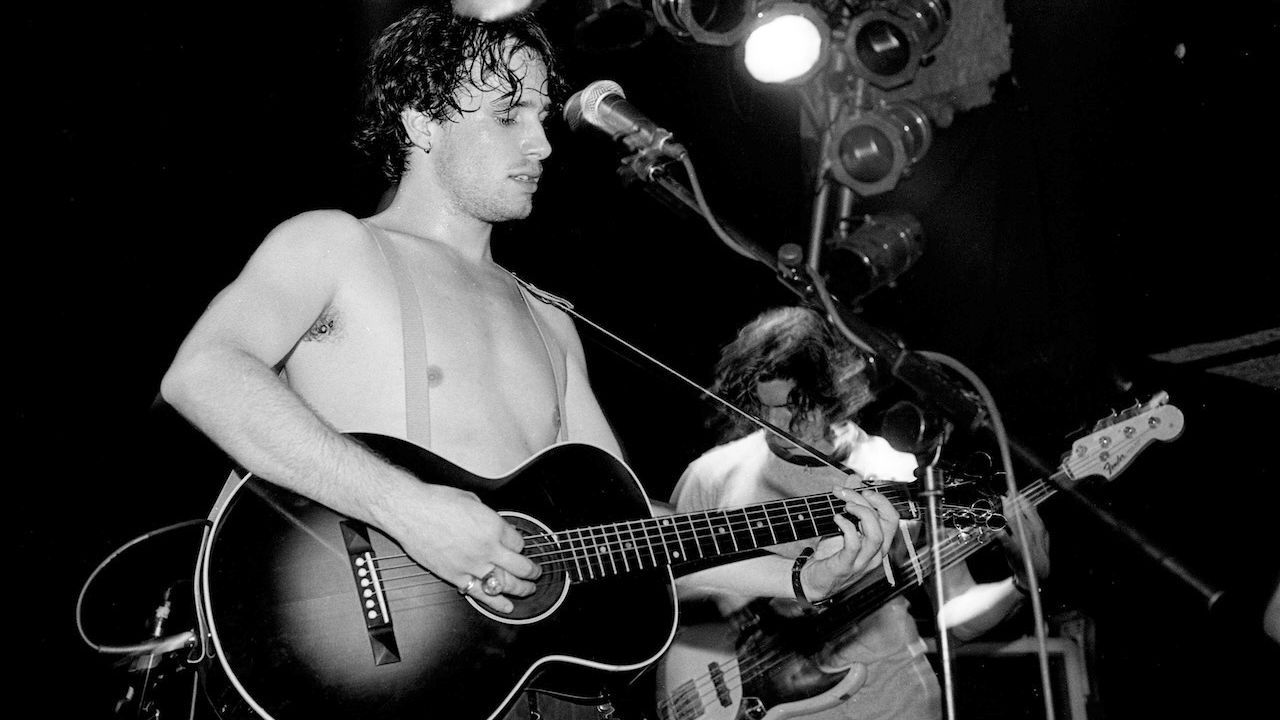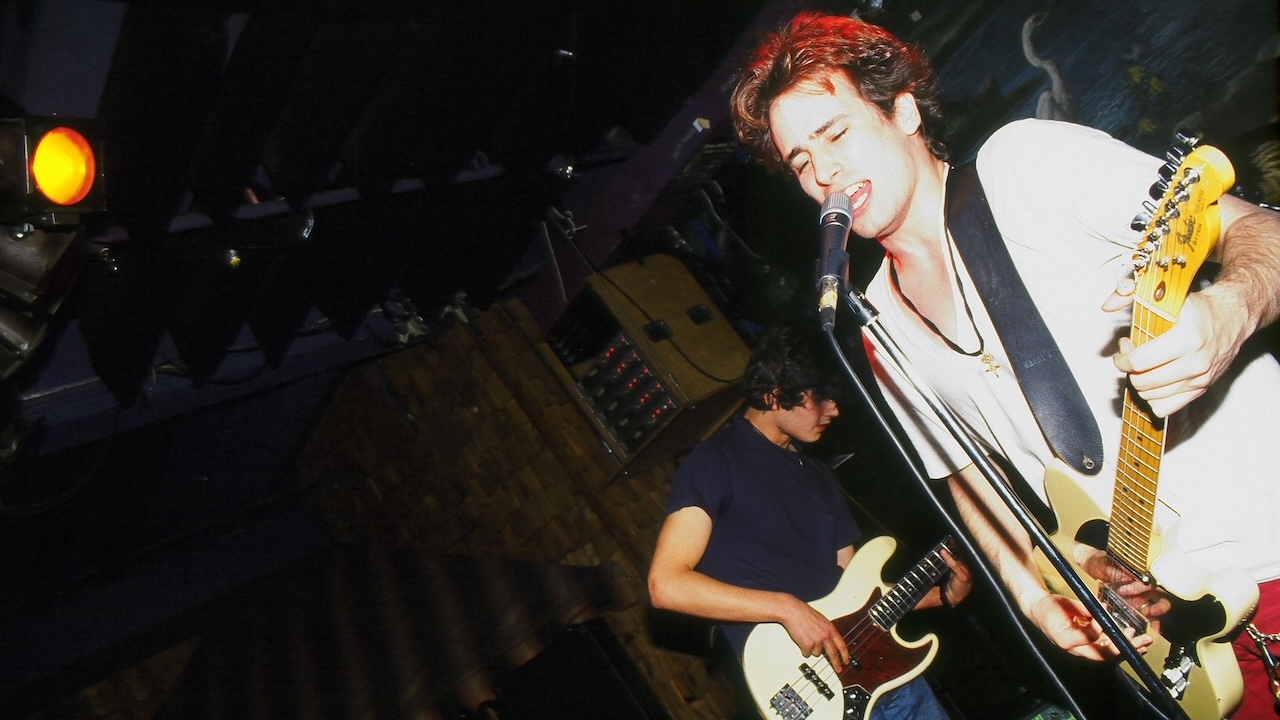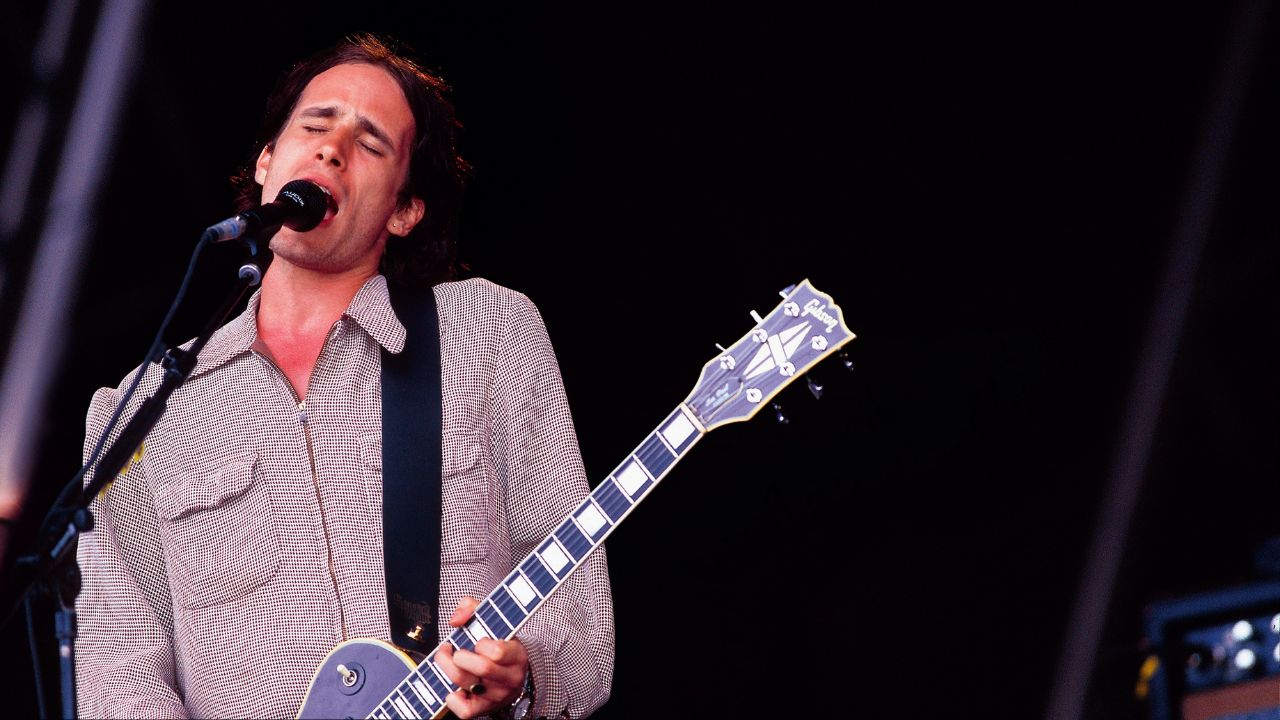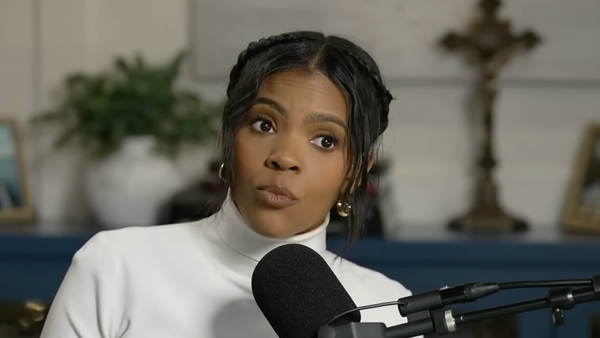
Jeff Buckley remains a mythic musical figure to a legion of fans that include Bob Dylan, Jimmy Page and Robert Plant, Elvis Costello, Paul McCartney, and Eddie Vedder.
A brilliant vocalist, guitarist, and songwriter, Buckley (the son of folk singer Tim Buckley) initially made his mark via solo performances, gathering influences as disparate as Nina Simone, Led Zeppelin, qawwali music from India, Robert Johnson, Edith Piaf, and Bad Brains.
For his lone studio album, 1994's Grace, however, he found the sympathetic support that would become his touring band in drummer Matt Johnson and bassist Mick Grøndahl.
Grøndahl was born in Copenhagen in 1968, and raised in New York City. The path to his Grace period began at age 16, when he switched from drums to bass guitar, intrigued by the instrument's connection to both rhythm and melody.
While playing with an array of singer-songwriters in 1991, Grøndahl saw Buckley perform solo and struck up a conversation, revealing that he played bass. The two got together.
“We bonded right away while playing through his tune Mojo Pin,” said Grøndahl in the July 2016 issue of Bass Player. “He just kept pulling out these amazing songs. I felt the presence of angels.”
Two weeks later, the pair auditioned and brought in Johnson, with the three immediately collaborating on what would become Dream Brother.
Six weeks of rehearsals in the East Village proved essential to the rest of the material on Grace. “We would jam on just the verse or chorus of a song, and it would push us to breakthroughs in solidifying our parts. We were building chemistry and trust, and it was largely unspoken. Jeff let us do our thing.”
The trio eventually moved up to Bearsville Studios in Woodstock, New York, to cut the album with producer Andy Wallace.
Last Goodbye was the first song attempted, and it required 19 takes to arrive at the record version. “We started with a sort of Piña Colada groove, with the accent on the upbeat of four, but we abandoned that and Matt started playing more straight, and the rest of the song fell into place.”

Grøndahl plucked his cream '66 Fender Jazz Bass Special Edition, with a rosewood fingerboard, oval tuning pegs, Seymour Duncan pickups, a Badass Bridge, and Dean Markley heavy roundwounds.
He had both pickups on full, plucking close to the neck, and his signal was recorded direct, through an Avalon U5, and via a miked Ampeg SVT head and SWR 4x10 cabinet. A key for the track was his decision to tune his E string down to D to better align with Buckley's open-G guitar tuning.
The song, which boasts an atypical form (and arguably no chorus), opens with Buckley's rubato slide guitar chords.
Grøndahl enters with a minor-3rd motif line written by Buckley before adding his own sub-hook when the drums enter. “I was thinking of rub-a-dub, reggae-style bass and adding motion to the back of the bar.”
For the first verse, Grøndahl scales things back. “I wanted to play simply, in contrast to the intro and to support the lyrics.”
The second verse flips the chord sequence a bit and comes in four measures shorter. This leads to a Zeppelin-esque instrumental interlude that finds Buckley and Grøndahl introducing bluesier b3rds and dominant 7ths, plus ear-grabbing b6th intervals against the D pedal.
“By this point, I felt I was speaking the song's language and could stretch out. Playing off the open D with the notes on the G string and the hammer-ons on the A string just happened.”
At 02:04 Buckley restates the last eight bars of the intro to set up the Karl Berger-arranged string interlude, at 02:26. Here, Grøndahl changes from his rub-a-dub pattern to a pentatonic pattern. “I was channeling the way Tina Weymouth uses the 5th and the 6th to rock out."

The bridge features wordless vocals and strings, for which Grøndahl stays basic and within the chords, in anticipation of the energy swell at 03:05. It ends with ear candy via the unexpected Am7 chord and Grøndahl's non-root tones at 03:27 and 03:30.
The cinematic outro at 03:44 incorporates most of the track's previous ingredients. With the strings swirling, Grøndahl alternates his rub-a-dub and Weymouth figures, while Buckley croons an ascending melody. This leads to him improvising in his famous haunting falsetto over the return of the ‘Zeppelin’ interlude at 04:06.
Finally, a D major wind-down at 04:17 culminates in a surprise closing C chord, for which Grøndahl grabs the 3rd, in one last show of creativity.
Following Buckley's passing in 1997, Grøndahl performed with Elliott Smith, Beth Orton, and the Cardigans before moving back to Denmark in 2000.
“Losing Jeff was devastating. To me, he was the most powerful talent of my generation. I knew music was the one thing that could get me through the grief, but at the same time, I felt a sense of guilt – like I was playing to distract myself from properly mourning.
“For Last Goodbye lock in with the drums and tune into the song's flow and dynamics. Playing music is essentially creating tonal drama; you're expressing yourself through your part. Every time we played the song, it was different, and that's how it should be for you, too.”







